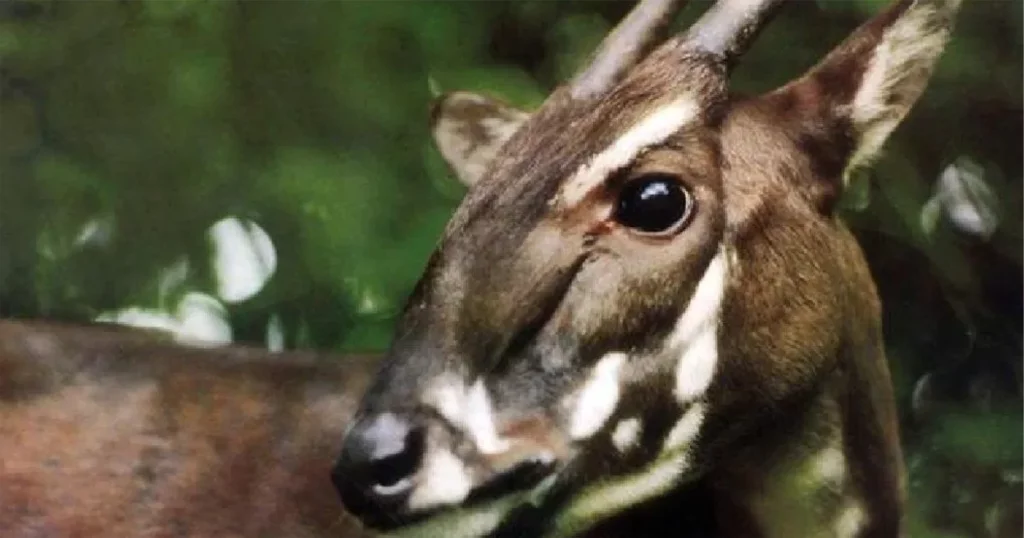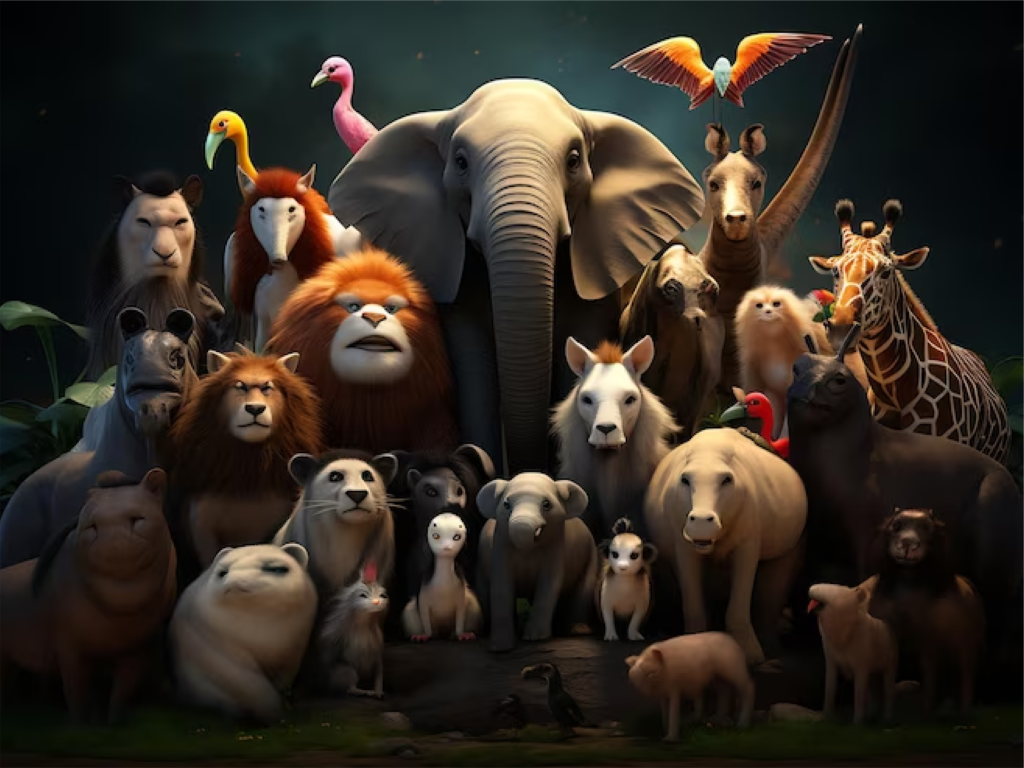
Contents
- 1 Introduction
- 1.1 Scientific Name
- 1.2 Why it is called as Asian unicorn?
- 1.3 Why Saola is called as spindlehorn?
- 1.4 Is the Saola’s symbol used for any unique meaning?
- 1.5 Is Saola taken as National Animal by any State?
- 1.6 Appearance/ Unique features
- 1.7 It’s Types
- 1.8 Diet
- 1.9 Geographical distribution
- 1.10 ReProduction
- 1.11 Living Habits
- 1.12 Is it human friendly?
- 1.13 How they interact with other species?
- 1.14 Conservation
- 2 Conclusions
- 3 FAQ’s
- 3.1 What is Saola?
- 3.2 Is there any saola left?
- 3.3 Why are Saola killed?
- 3.4 Why is the saola too rare?
- 3.5 Who eats saola?
- 3.6 How many Saola are left in 2023?
- 3.7 Who discovered the Saola?
- 3.8 How much does a Saola cost?
- 3.9 Why is the saola endangered?
- 3.10 For More Information about Nature
- 3.11 To read about the World’s most rare animals
- 3.12 To read about the birds
- 3.13 To read about Earth’s nature
Introduction
The Saola is one of the world’s rarest (animal) in mammals. This data was provided by IUCN. It was discovered when a survey was carried out by the Ministry of Forestry of Vietnam and WWF jointly, in June 1993 in north-central Vietnam. It was first-time reported by a forest ecologist, named Do Tuoc and his associates. The first photograph of a living Saola was taken in 1993, and the most recent photograph of Saola was taken in 2013 by a movement-triggered camera in the forest of central Vietnam. Saola (Pseudoryx nghetinhensis) is the only one specie in the genus Pseudoryx.
Scientific Name
The scientific name of the saola is Pseudoryx nghetinhensis. The Saola is also called as, Asian unicorn and spindlehorn.
Why it is called as Asian unicorn?
The saola is called the “Asian unicorn” due to its elusive nature, rarity, and the difficulty of observing it in the wild, creating a mythical and mysterious quality around the species. (picture)
Why Saola is called as spindlehorn?
It is sometimes called “spindlehorn” due to its distinctive and elongated horns, which are straight and taper to a fine point. The term “spindlehorn” highlights the unique shape of the it’s horns, adding a descriptive element to its name based on its physical characteristics. (Horn Picture).
Is the Saola’s symbol used for any unique meaning?
Yes, it is often used as a symbol in conservation to raise awareness about the importance of preserving biodiversity and the threats faced by endangered species.
Is Saola taken as National Animal by any State?
No, the it has not been adopted as the national animal by any state or country.
Appearance/ Unique features
The Pseudoryx nghetinhensis is a distinctive and rare species of ungulate with several unique physical characteristics. Here are some key features of the saola’s appearance:
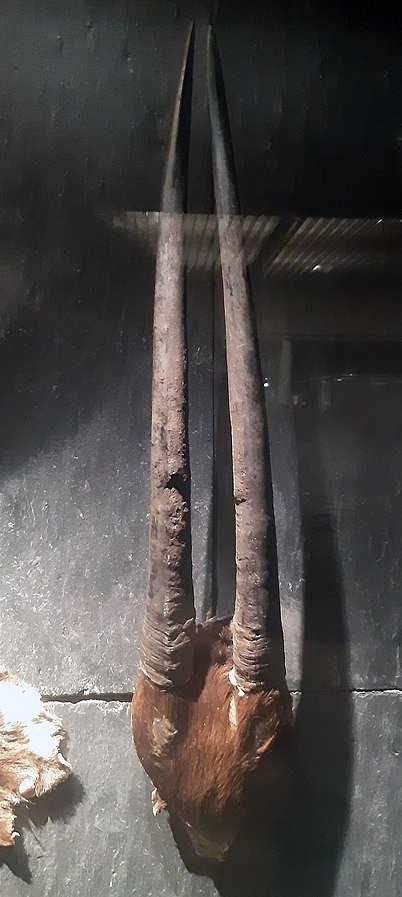
Horns
One of the most notable features of the saola is its long, straight horns. Both males and females have these horns, which can reach lengths of up to 50 inches (about 127 centimeters).
The horns are sharply pointed and resemble spindles, giving rise to the nickname “spindlehorn.” (pic).
Facial Marking
It has a dark facial marking that extends from the eyes to the nose, resembling a dark stripe or blaze on its face.
Coat Color
It’s coat is generally a dark chestnut to chocolate brown color. The coloration can vary slightly among individuals.
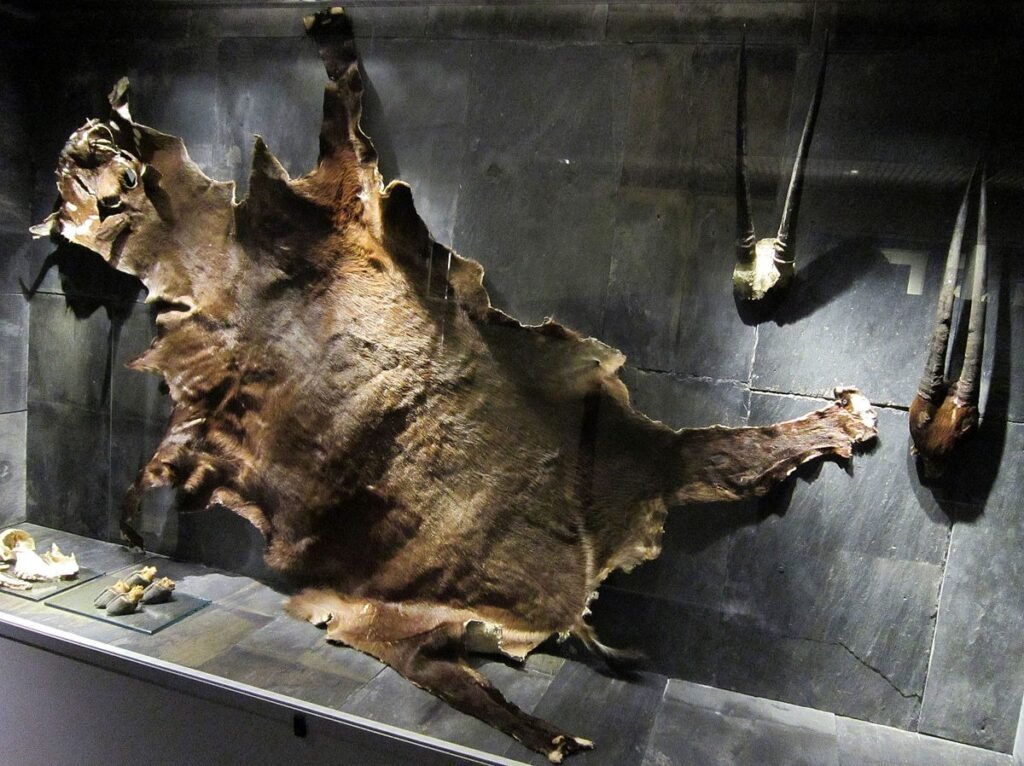
Size
These are medium-sized ungulates, comparable in size to a small deer. They typically have a body length of about 5 to 6 feet (1.5 to 1.8 meters) and a shoulder height of around 2.5 to 3 feet (0.8 to 0.9 meters).
Build
They have a robust and sturdy build, adapted to their forested habitat. They have cloven hooves, allowing them to navigate the challenging terrain of the Annamite Range, where they are found. (pic of feet)
Behavior
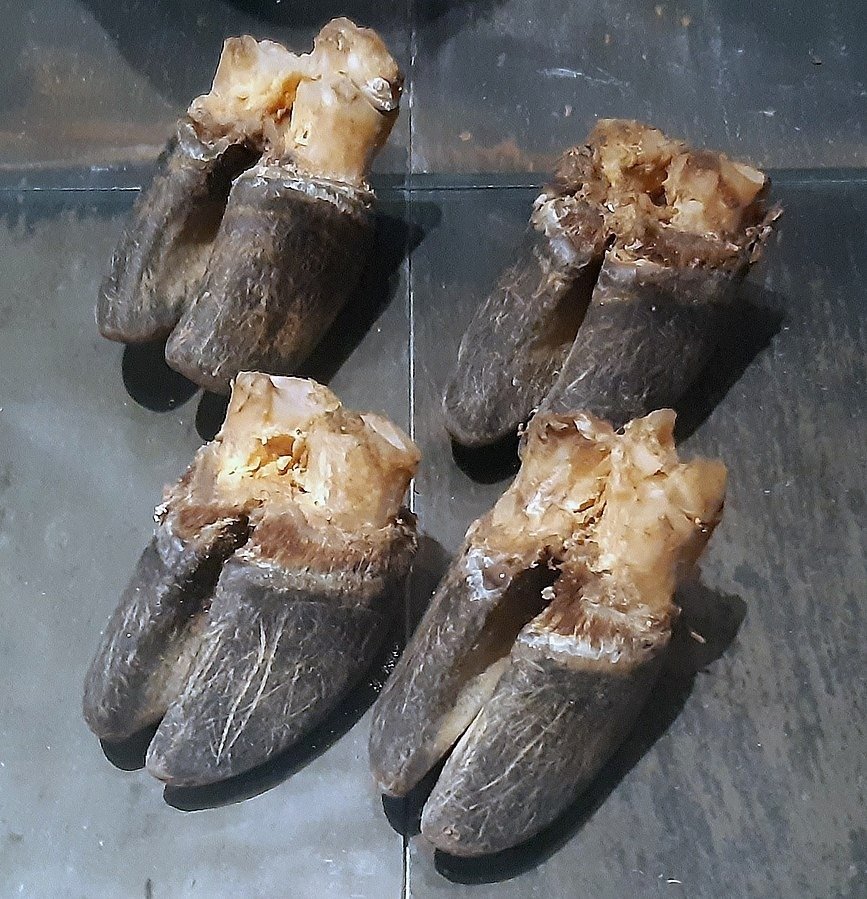
They are known for their elusive and solitary behavior. They inhabit dense, evergreen forests and are often difficult to spot in the wild due to their secretive nature.
The saola’s unique combination of features makes it a distinct and remarkable species. Unfortunately, due to its reclusive behavior and the remote nature of its habitat, these are rarely seen in the wild, and much about their behavior and ecology remains a mystery. Conservation efforts are underway to study and protect this critically endangered species.
It’s Types
There is only one recognized species of saola: Pseudoryx nghetinhensis.
Diet
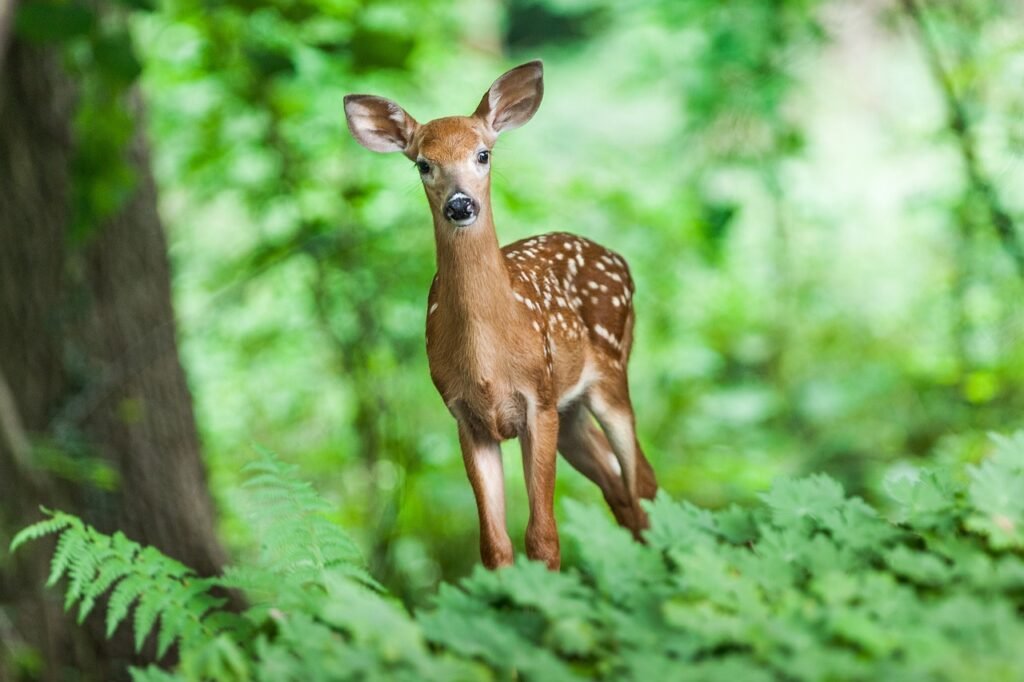
These animals are herbivores with a diet primarily consisting of leaves, shoots, and vegetation found in the dense forests of the Annamite Range in Vietnam and Laos. They feed on a variety of plant species, utilizing their cloven hooves to navigate the challenging terrain. As elusive and solitary animals, they are thought to browse for food during the night, making it challenging to observe their feeding behaviors directly. The exact details of their diet are not extensively studied due to their secretive nature and the remote nature of their habitat.
Geographical distribution
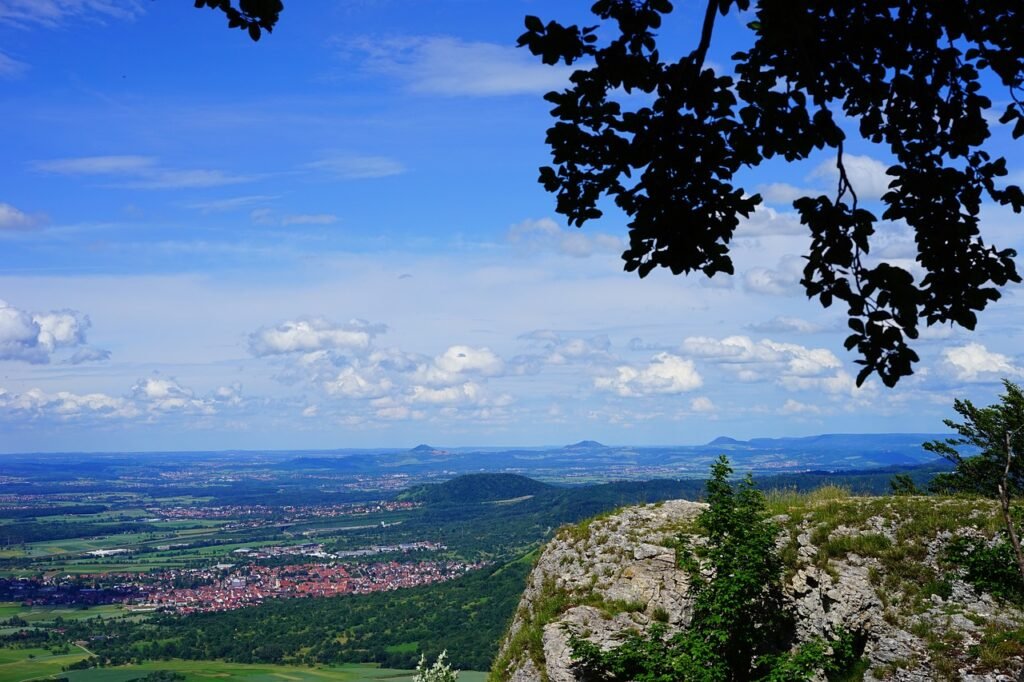
They are known for having one of the smallest ranges among large mammals, resides in wet forests of eastern Southeast Asia, favoring river valleys and areas 300–1,800 meters above sea level. Its habitat spans approximately 5,000 square kilometers in Vietnam and Laos, including four nature reserves. It is often spotted near streams at elevations ranging from 592 to 1,112 meters in the northern Annamite Mountains. During winters, it migrates to lowland areas.
ReProduction

Much of the reproductive behavior and biology of saolas remain unknown due to the scarcity of sightings and challenges in observing them in their natural habitat. However, here are some general points about reproduction based on available knowledge:
Gestation Period
The gestation period is not well-documented, but it is believed to be similar to other bovid species, which typically have gestation periods ranging from several months to over a year.
Calving
These are thought to give birth to a single calf at a time. The timing and frequency of calving are not well-documented, and there is limited information about the reproductive lifespan of it.
Conservation Concerns
They are considered critically endangered, and their reproductive biology is of great interest to conservationists. Understanding their reproductive patterns is essential for developing effective conservation strategies aimed at preserving and potentially boosting their population.
Living Habits

These solitary animals prefer wet evergreen or deciduous forests in eastern Southeast Asia, particularly in the Annamite Range of Vietnam and Laos. They exhibit a preference for river valleys and steep terrains at elevations ranging from 300 to 1,800 meters above sea level. Their nocturnal activity patterns, primarily seen during early morning or late evening, contribute to their elusive nature. Reports suggest it may migrate to lower elevations during winters, possibly in response to seasonal changes or resource availability. They are often observed near streams, highlighting their reliance on water sources. Due to their critically endangered status, research on it’s behavior is challenging, emphasizing the need for ongoing conservation efforts to protect and study these mysterious creatures.
Is it human friendly?
They are wild and elusive animals, and there is no evidence to suggest that they are naturally friendly or accustomed to human interaction. Their reclusive nature makes them challenging to study in the wild, and conservation efforts focus on minimizing human impact on their habitat.
How they interact with other species?
They are believed to be generally solitary and elusive, with limited information on their interactions with other species. Their behavior suggests a preference for avoiding contact, and they are rarely observed in groups or interacting with other animals in the wild.
Conservation
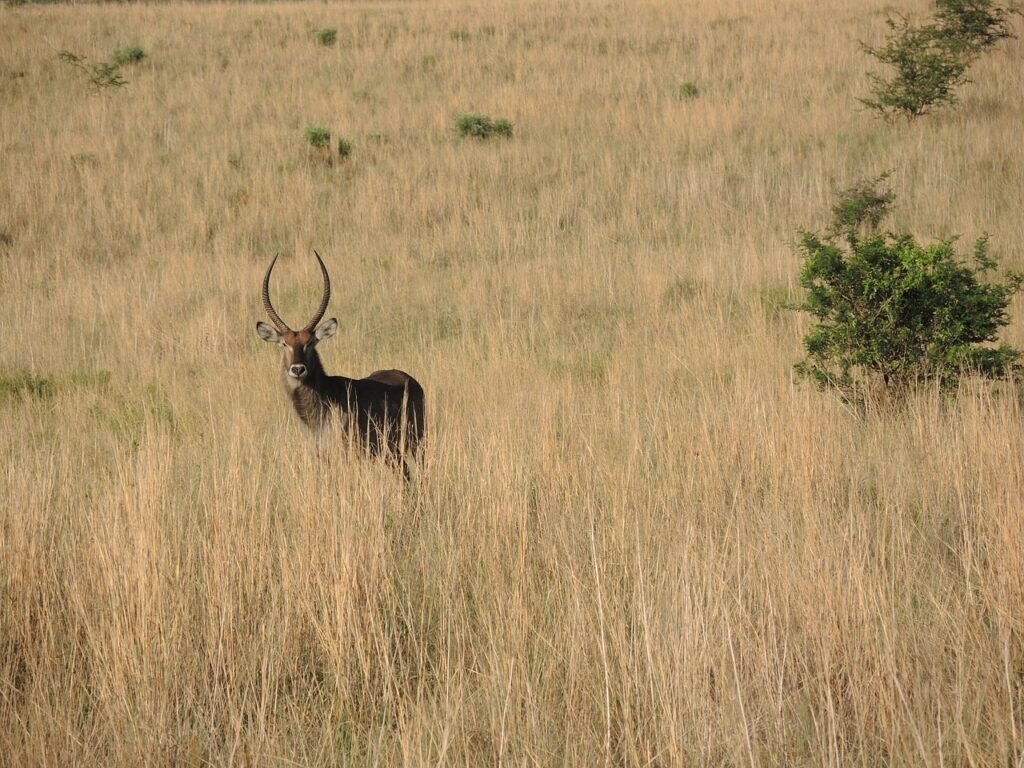
It critically endangered and facing numerous threats, is at the forefront of conservation efforts due to its restrictive habitat requirements, aversion to human proximity, and susceptibility to habitat loss and fragmentation. The species endures losses from local hunting, illegal trade in furs and traditional medicines, and being caught in snares set for other animals. Conservation groups have removed over 26,651 snares from it’s habitats. The remoteness of it’s habitat has been a key factor in its survival, but this very remoteness makes it challenging to implement effective conservation measures. Local communities, traditionally engaged in hunting, hold it in high esteem due to its scarcity, making it difficult to change attitudes towards its protection. It’s Working Group, formed in 2006, involves experts from various organizations to protect it and their habitats. Despite challenges, conservationists are exploring innovative approaches, such as cloning, as a last resort. However, the cloning process faces significant hurdles, including a lack of female donors and interspecific barriers, underscoring the urgency and complexity of it’s conservation.
Conclusions
In conclusion, the plight of it, marked as critically endangered, underscores the urgent need for comprehensive conservation efforts. Threatened by habitat loss, hunting, and illegal trade, these elusive creatures face significant challenges. It’s Working Group, comprised of experts and organizations, strives to protect both these animals and their habitats. However, the remoteness of their natural habitat and the deeply ingrained cultural attitudes towards hunting pose ongoing challenges. Despite the difficulties, conservationists continue to work tirelessly, removing snares, raising awareness, and exploring innovative approaches such as cloning. Its’ survival ultimately depends on global collaboration, sustained conservation initiatives, and a collective commitment to preserving the unique biodiversity of our planet.
FAQ’s
What is Saola?
It is a rare and critically endangered species of ungulate, often referred to as the Asian unicorn, found in the Annamite Range of Vietnam and Laos.
Is there any saola left?
Yes, a few individuals of the critically endangered saola are believed to remain, and conservation efforts are in place to protect them.
Why are Saola killed?
Saolas are killed due to threats such as habitat loss, hunting, and illegal trade. They are particularly vulnerable to snares set for other animals.
Why is the saola too rare?
The saola is exceptionally rare due to its limited habitat, elusive behavior, and various threats, including hunting and habitat loss.
Who eats saola?
Saolas are hunted for their meat by the both humans and other Carnivores i.e. Lion, but they are not a regular part of any diet. Their scarcity increases their value in certain communities.
How many Saola are left in 2023?
The exact number is challenging to determine, but the saola is critically endangered, and conservation efforts are crucial to prevent further decline.
Who discovered the Saola?
The saola was discovered by a team of scientists in 1992 in the Annamite Range of Vietnam and Laos.
How much does a Saola cost?
The cost of a saola is not a standard measure. Illegal trade poses a significant threat to saolas, but their exact “cost” is difficult to quantify due to the black market nature of such activities. and making their exact “cost” difficult to quantify.
Why is the saola endangered?
The saola is endangered due to habitat loss, hunting, and illegal trade. Its restricted habitat and elusive nature contribute to its vulnerability.

